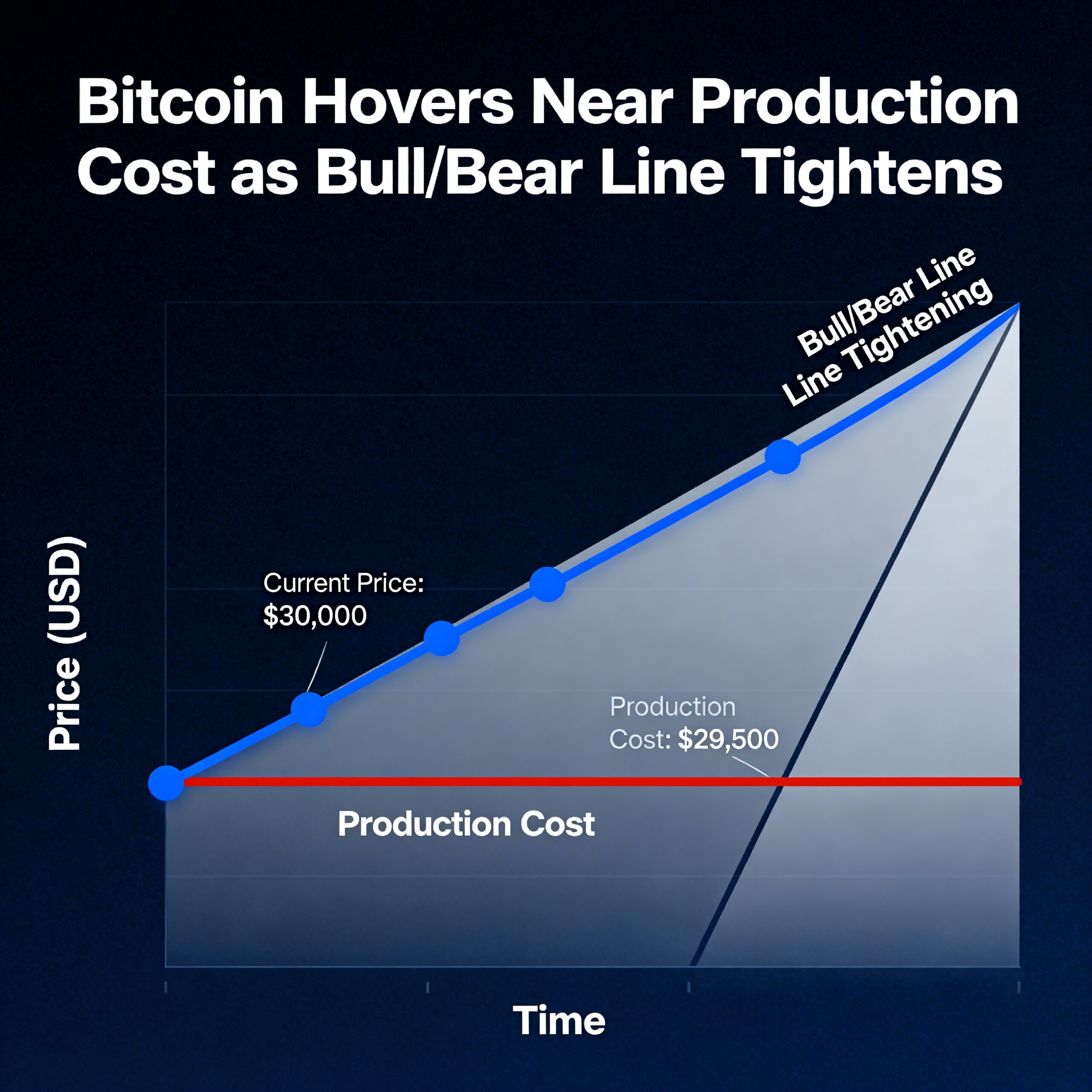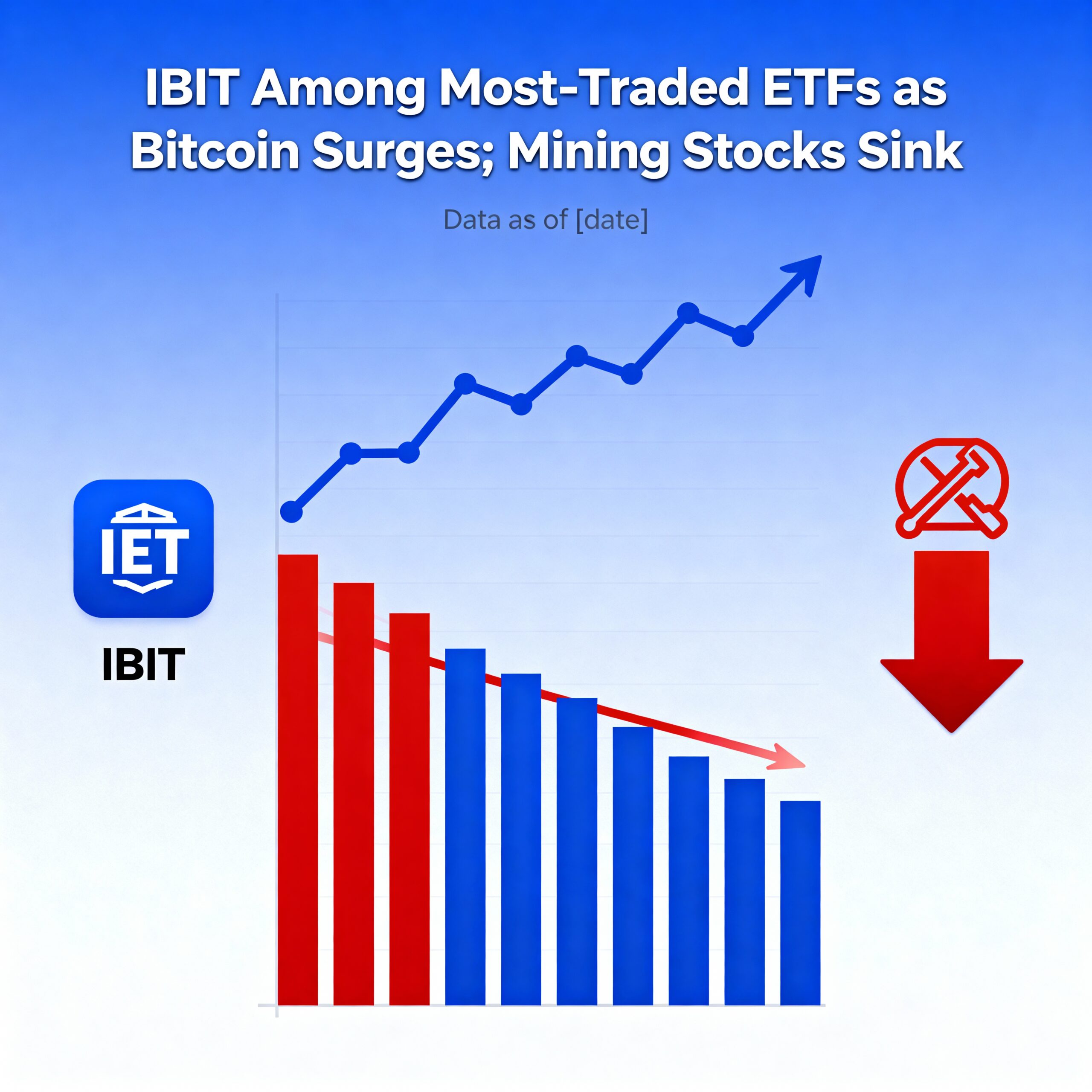
As Bitcoin soars past $97,000, traders are cautiously eyeing the onset of May, historically a time when the “Sell in May and Go Away” strategy may signal a bearish shift. The seasonality effect, commonly observed in traditional financial markets, suggests that May marks the beginning of weaker performance for many assets, including Bitcoin.
The phrase, which advises investors to reduce exposure during the summer months, originates from the idea that lower trading volumes and reduced institutional activity tend to depress market prices. This year, with Bitcoin’s impressive Q1 performance and a spike toward the $100K mark, many wonder if the cryptocurrency will follow historical trends and enter a downturn during the typically quieter summer months.
James Dwyer, Chief Analyst at CryptoTrader, explained, “Bitcoin’s rally so far in 2025 has been strong, but May could bring the kind of correction we’ve seen in previous years. The ‘Sell in May’ trend has been significant in both traditional and digital assets. It’s important to watch for early signs of cooling before jumping into more trades.”
The Sell in May Effect
The “Sell in May” pattern is part of a broader seasonal trading strategy in which investors tend to see lower returns from May through October. This strategy is grounded in the belief that summer months come with reduced market activity, due to both institutional traders and retail investors taking vacations, and that markets often struggle to generate strong returns during this period.
Looking back over the past few years, Bitcoin’s performance in May has often been lackluster. In 2021, the cryptocurrency saw a 35% drop in May, a sharp decline in the midst of broader market uncertainty and regulatory developments. Similarly, in 2022, Bitcoin posted a 15% decline during the same period, as rising inflation and the collapse of major crypto platforms shook investor confidence.
While May in 2023 saw Bitcoin manage a slight gain, it was not a breakout month, and performance largely stagnated through the summer, with stronger returns only materializing later in the year.
Is Bitcoin Immune to Seasonality?
Despite these seasonal patterns, many analysts believe Bitcoin’s market dynamics are evolving, especially as institutional players become more involved. With more sophisticated financial instruments like Bitcoin ETFs and broader adoption of digital assets, some believe that Bitcoin may not follow traditional patterns as closely.
Marie Chen, Senior Market Strategist at Bitwise, commented, “While historical data is useful, the crypto market is different. Institutional adoption and the integration of digital assets into broader financial portfolios could help mitigate the seasonal dips we usually see. But, we’re not out of the woods yet—if investor sentiment shifts or macroeconomic factors worsen, we could still face a tough summer.”
The Road Ahead
Even with these concerns, many traders view May and June as an opportunity to lock in profits or reevaluate their positions before the market enters a potential cooling phase. As Q2 approaches, Bitcoin’s trading volume and market sentiment will likely play key roles in determining whether the “Sell in May” effect takes hold once again.
Maximillian Wright, an experienced crypto investor, shared his outlook: “I’m cautiously optimistic, but I’ll likely trim my positions ahead of May. Historically, these months are a time to sit tight and wait for opportunities in Q3, as the market often recovers after summer. Bitcoin may face short-term dips, but I believe the long-term trend remains strong.”
What to Expect for Q3 and Q4
Historically, Q4 is the strongest quarter for Bitcoin, with many traders positioning for a potential year-end rally. In contrast, Q3 tends to be a consolidation phase with lower returns. With seasonal trends playing a large role in investor behavior, Q4 2025 could see Bitcoin rise again, provided macroeconomic conditions remain favorable.
While the road ahead may be volatile, Bitcoin’s overall trajectory remains focused on adoption and innovation. As institutional investors continue to enter the market, and regulatory frameworks around digital assets develop, Bitcoin could eventually decouple from traditional seasonal trends, making it a more resilient asset in the future.





















